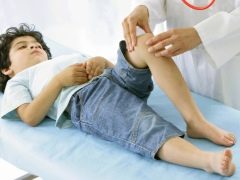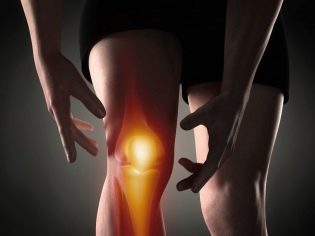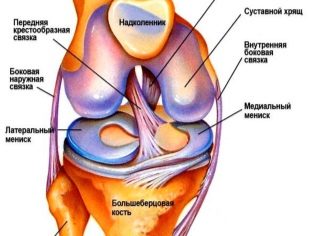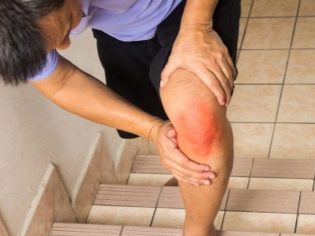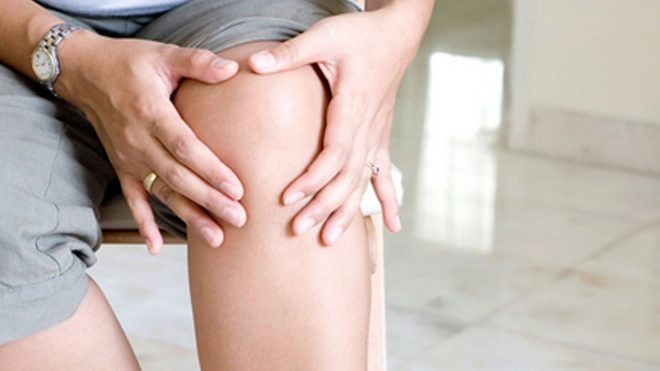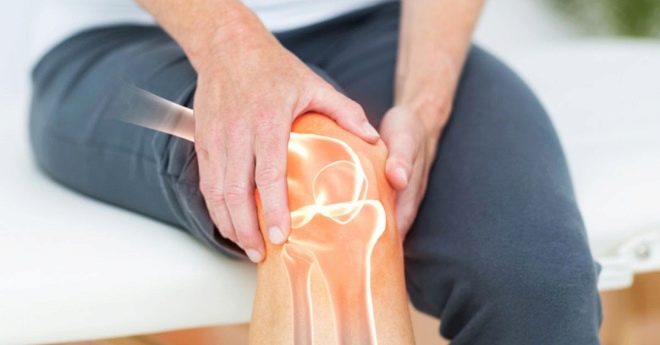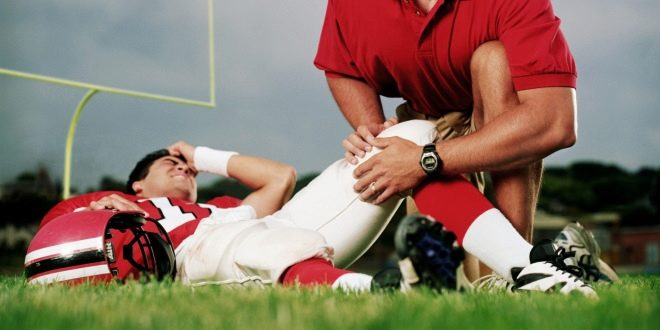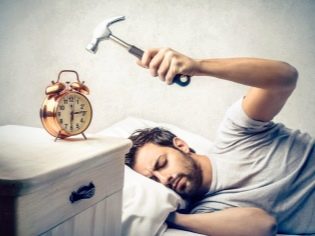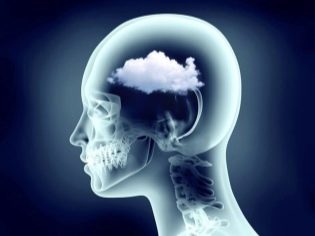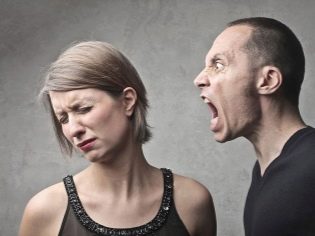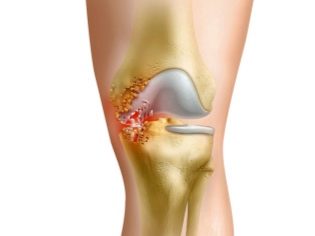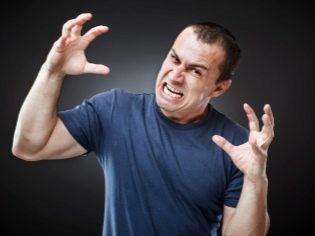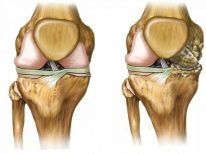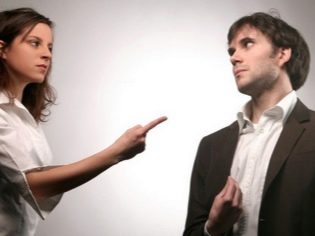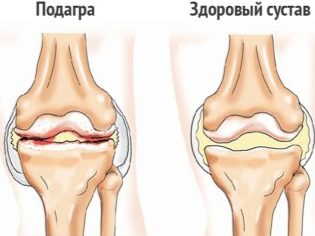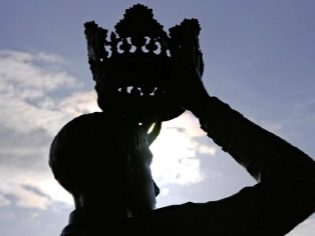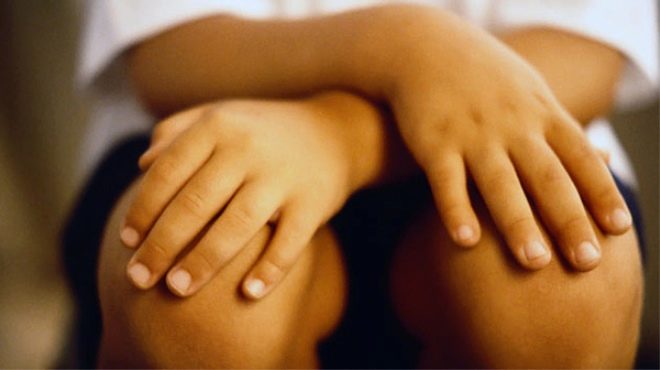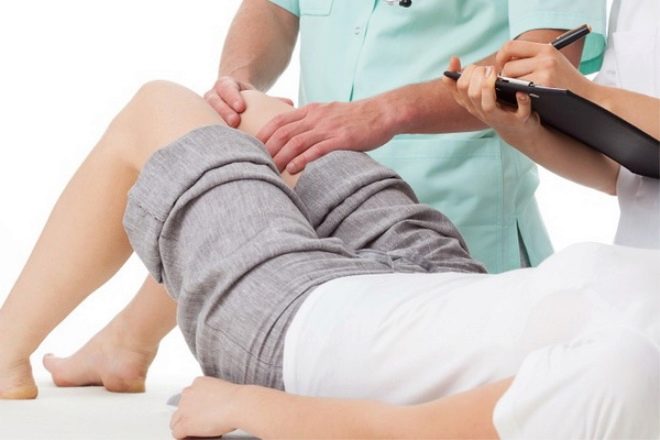Knee problems in children and adults in terms of psychosomatics
The knees in both adults and children is a rather vulnerable place. Both children and the elderly often complain of pain in the knee, it is the knee that is injured more often than other parts of the lower limbs. However, not always problems with the knees are directly related to the traumatic effects or age characteristics.
What psychosomatic causes can lead to diseases of the knee joint and its injuries, we will tell in this article.
Knee in terms of medicine
To understand why your knees hurt, why they swell or are often injured, you need to be well aware of how the knee joint works. This joint is one of the largest in the body and belongs to the category of complex joints. It connects the femur and tibia and the patella (calyx). Without the knee, a person’s lower limbs would not be able to absorb when running and walking: a person, although he could stand, would be severely restricted in movement.
Diseases of the knee joint are different, but all of them are united by a common symptomatic picture: pain appears, knees “click”, a characteristic crunch is heard when walking, there is a limitation of movements, swelling of the knee can develop.
The most common ailments of the knees are inflammatory ones, which include arthritis, bursitis. Not the last place in medical statistics is occupied by dystrophic changes, such as arthrosis, osteoarthrosis, and tendinopathy. Various disorders in the work of the joint may also develop, which will be the result of injuries received: bruises, fractures, dislocations, etc. Such violations are called post-traumatic.
Traditionally in medicine the causes of problems with the knee joint are excessive exercise and injury. By the way, the vast majority of knee injuries are sports. To dystrophic changes and inflammation lead sedentary lifestyle, excess weight, obesity.. Often the knees "fail" due to the presence of spinal diseases or feet, at which the load distribution changes, and excessive pressure is applied to the knee joint.
Doctors often say that their knees hurt because of a spasm of muscles and vessels. Psychosomatic pain is not excluded.
Psychosomatic causes
From the point of view of psychosomatics (the section of medical science, which studies the psychological and mental component of human diseases), our knees enable us not only to stand, but also to move forward. This means that thanks to the joint, a person gets the opportunity to move towards their future, tomorrow.
If there are pains in the knee or just below the knees, in general terms, this can be interpreted as certain internal barriers that prevent a person from moving forward in his life.
An obstacle can be considered some destructive thoughts, attitudes that affect the state of the nervous system. Example: a person wants to change jobs. And then, finally, a great option turns up, but installations like “New - always scary” or “Better a bird in the hands than a crane in the sky” begin to sow doubt about it - is it worth to drop what you already have for what is not yet and not the fact that it will benefit.
Doubts are gradually turning into an internal conflict, in which one part of a person’s subconscious shouts to him that it’s time to move forward, change his life, and the conscious part of his mind stubbornly repeats that “better a bird in the hand”. Need to move, but there is a ban. Nerve impulses from the cerebral cortex come with distortion, there are problems with the knees.
The stronger the contradictions inside, the more pronounced the symptoms: pain, swelling of the knee, limited movement. If nothing changes at this stage, the tone of the muscles and vessels of the lower extremities increases, which increases the tension of the ligaments of the joint. As a result, a person is at risk of injury - from injury to ligament rupture.
The easiest way to notice the pattern of sports injuries, which, according to the Ministry of Health, are predominant.
The athlete is “stuck” on one plateau. He has achieved something, but something else can be sought. And the goal is visible - it could be a higher level competition or the need to leave the sport and do something else. But the fear of losing the already existing does not make a decisive step forward. As a result, an experienced athlete, who has done a certain exercise a hundred times and knows how and what to do, has a knee injury literally out of the blue.
Another one A common reason is a forced need to go somewhere where a person does not want to go at all.. For example, I don’t want to go to an unloved job, but I don’t want to go on a business trip, but the situation or the boss demands it.
In this case subconsciously, a program is launched that creates the most comfortable conditions for a person to live. She regards his unwillingness to move somewhere or in some direction as an order - as a result, she creates changes that will not allow him to move, that is, will save him from unwanted consequences. The knee starts to hurt, the person is injured.
Often, such "things" of the subconscious at the physical level cause quite specific changes that can be recorded and laboratory determined. In the case of the knees, not only does the tone of the ligaments and muscles increase, the blood supply deteriorates, but also on the hormonal level the intensity of the joint fluid changes, due to the lack of which the knee joint is disturbed, its fragility increases, it wears out faster.
Psychotherapist Valery Sinelnikov claims that problems with the joints, and, in particular, with the knees, mean that the person activates his aggressive feelings, such as anger, anger, irritation.
If you do not release them, do not send them in a constructive direction, as they accumulate, they will “defer” inside the joints.
Diseases - root causes
Arthritis is an inflammatory process in the knee joint. Psychosomatics claims that it can occur solely against the background of aggressive experiences. If a person simply does not want to go to the hateful work, but endures it with a sense of doom, without malice, submissively, then the inflammation will never develop.
There will be other problems associated with puffiness, “clicks”, but arthritis with its acute and aggressive pain will not be discussed.
Only when the need to move forward or the fear of moving forward and future cause anger, irritation, anger, does a really painful inflammatory process develop, which, in addition to limiting movements, will also cause a rise in temperature and a general deterioration of the condition.
Degenerative changes, such as arthrosis of the joint, are usually characteristic of older people, as well as the categories of “submissive and humble” described above, who are dissatisfied with the chosen or imposed way..
There is no malice in them, there is only hopelessness (lack of faith in the fact that there is something ahead that will make them happy).An old man with osteoarthritis of the knee joints will rarely say that he is waiting for a good one, usually to questions about the future, such a patient says that "he has everything already in the past, and in front there is only a cemetery." Somewhat like this, both young people and middle-aged people, who humbly move with the flow, do not like their job and do not see goals, talk and talk like that. In fact, they, too, smoothly crawling towards the cemetery. With collapsing knees.
Researcher Liz Burbo claimed that the curvature of the knees itself suggests that the person suffers from insufficient own directness and sincerity, can not go to the goal.
Psychoanalytic long-term observations of a group of people with destructive changes in the structure of the knee joints showed that right knee usually worries those who have a negative attitude to work and men (for women with arthrosis), and left knee more symbolizes the world around; to look for the cause of the obstacles that have arisen in front of a person in motion should not even be in him, but in how close people interact with him, what they are inclined to and force him against his will.
Often, for men who live with authoritarian women and are forced to obey them, they do not what they see fit, but what is important for their wife, the left knee begins to collapse.
Inflammatory disease bursitis often develops due to stubbornness and aggressive pride, unwillingness to “kneel down”, “bow down” before someone's point of view or accomplishments, blind confidence in the exceptional self-righteousness.
It is the inflexibility, unwillingness to change the direction of their path on the situation, the main cause of problems with the knees is called by psychosomatic researcher Louise Hay.
The psychological portrait of a person with knee diseases, indeed, quite often corresponds to this description. He may be quite modern and adequate, but internally he will deny the new, unconventional, clinging to old convictions, and in his convictions he will be persevering to aggression.
Gout is a powerliness disease. Many kings of medieval Europe, as well as the rulers of the times of the USSR, suffered from gout, which is described as historical facts that cannot be doubted.
The existing power becomes small, one wants even more, but there is nowhere else anymore, and therefore an internal conflict arises that disables the joints responsible for moving forward, flexibility.
In children
Arthritis and arthritis, polyarthritis in children are less common. Usually they are called juvenile and in most cases lead to disability. But it is not this that makes one think, but why children, who do not yet want power, are not forced to go to unloved work, in general develop such pathologies.
Doctors can not clearly explain the causes of the same juvenile arthritis, and therefore most often consider hereditary factors, infectious and idiopathic (unspecified) causes as causes.
In childhood, all - led. All lead somewhere. In the section, clinic, school. Do not always want to go there. And some parents are persistently making the children of those who they did not become: the Olympic champions, the great maestros.
In this case, the opinion of the child is not particularly interested in adults. The negative is gradually accumulating, and according to a mechanism similar to that of adults, by the age of 14–16, the stage of aggressive expression of protest starts. According to official statistics, it is precisely at this age that arthritis of the knee in children is detected, and previously they are often asymptomatic.
Treatment of an adult and a child should be based not only on medication, but also on finding out the causes at the level of psychology.. Tables in this case are ineffective. Need advice from a psychologist or psychotherapist.
